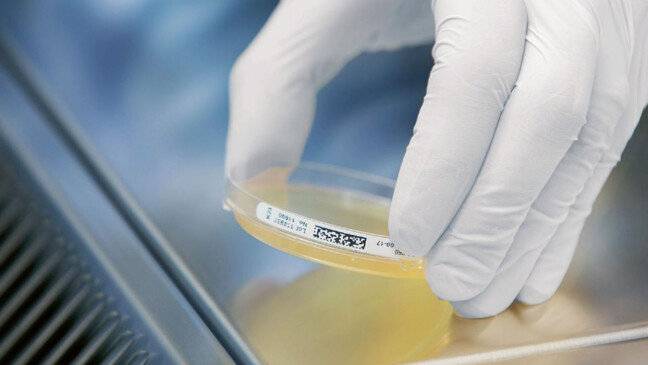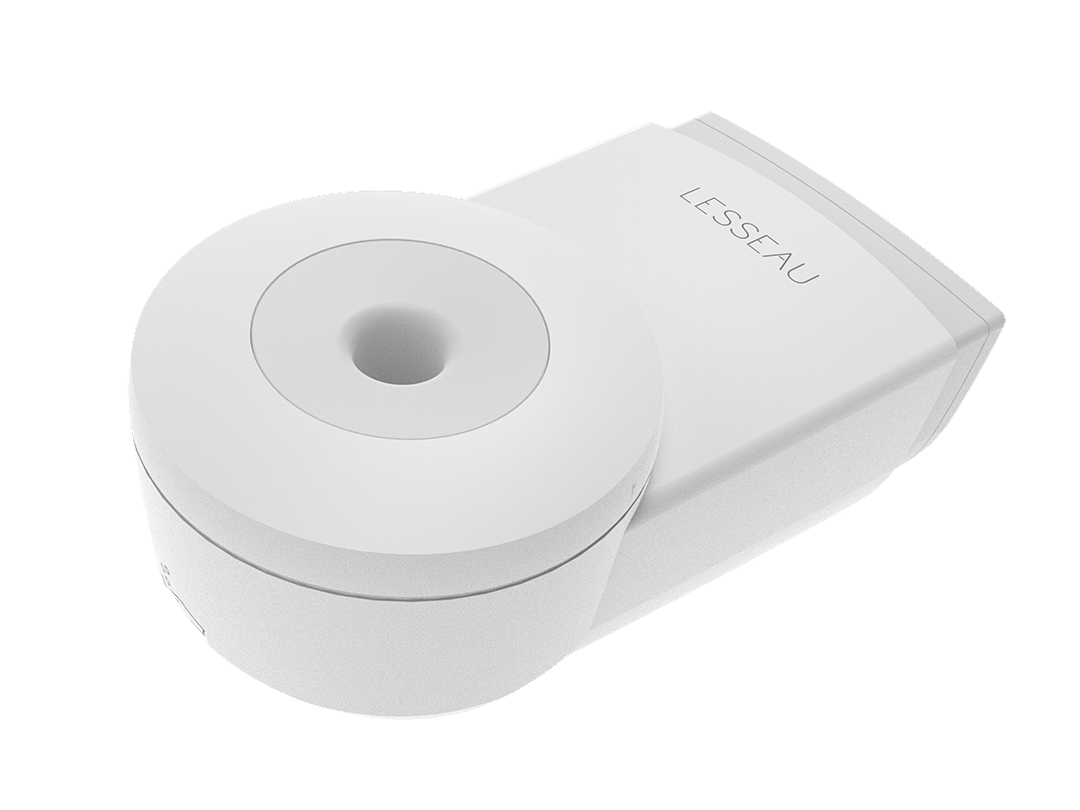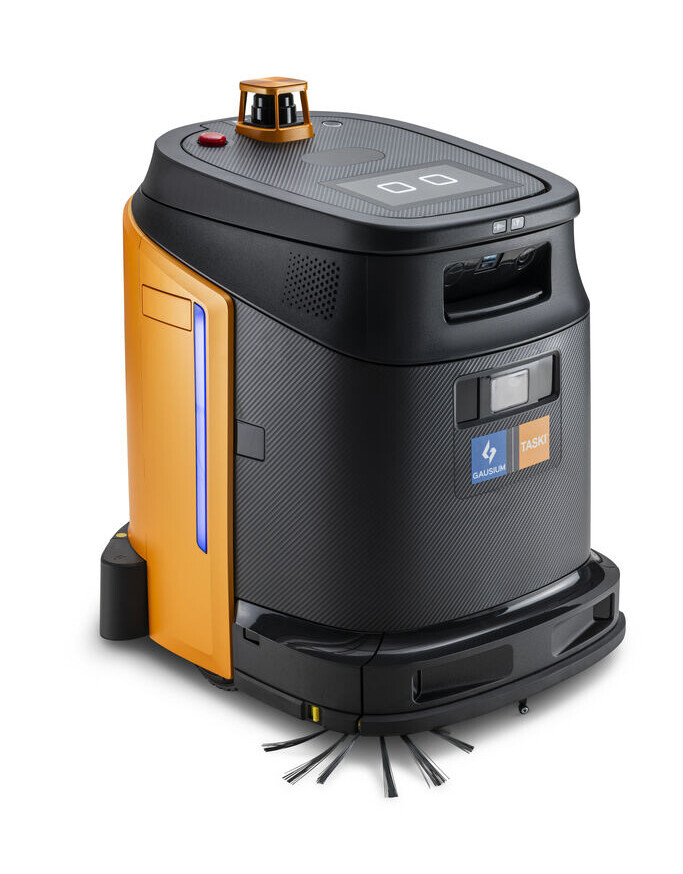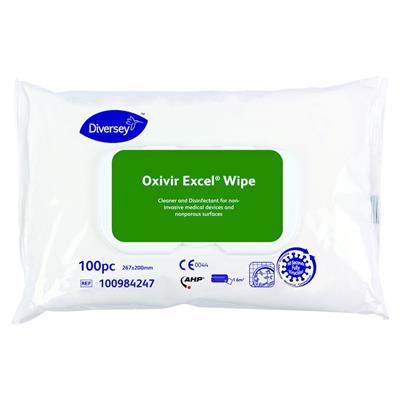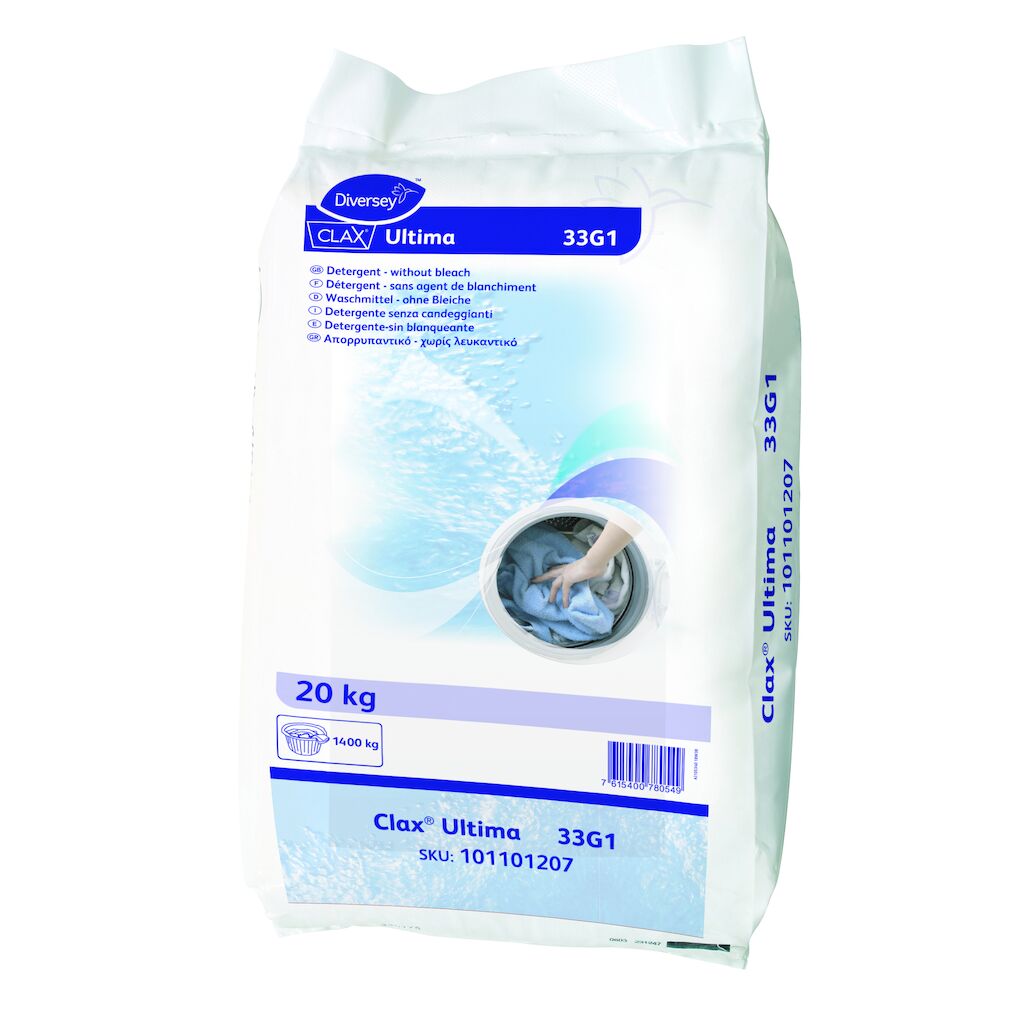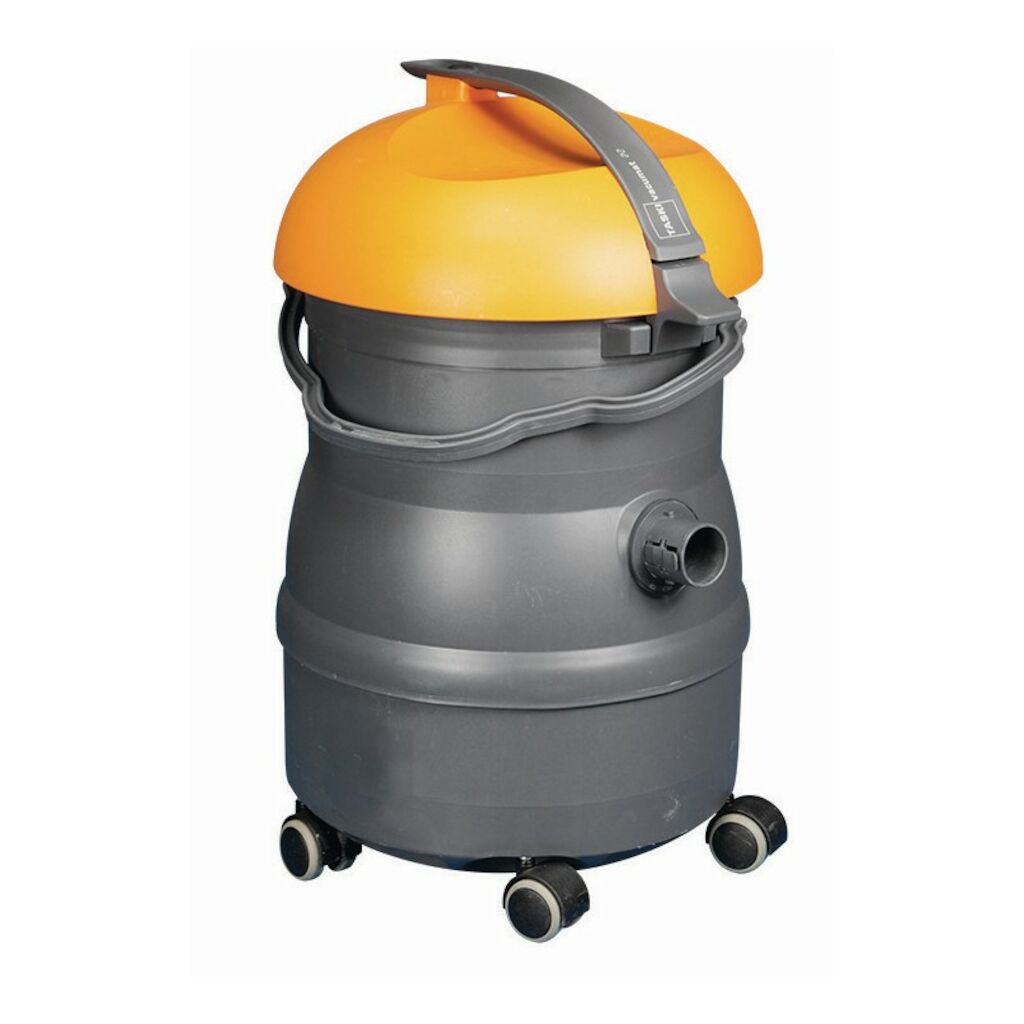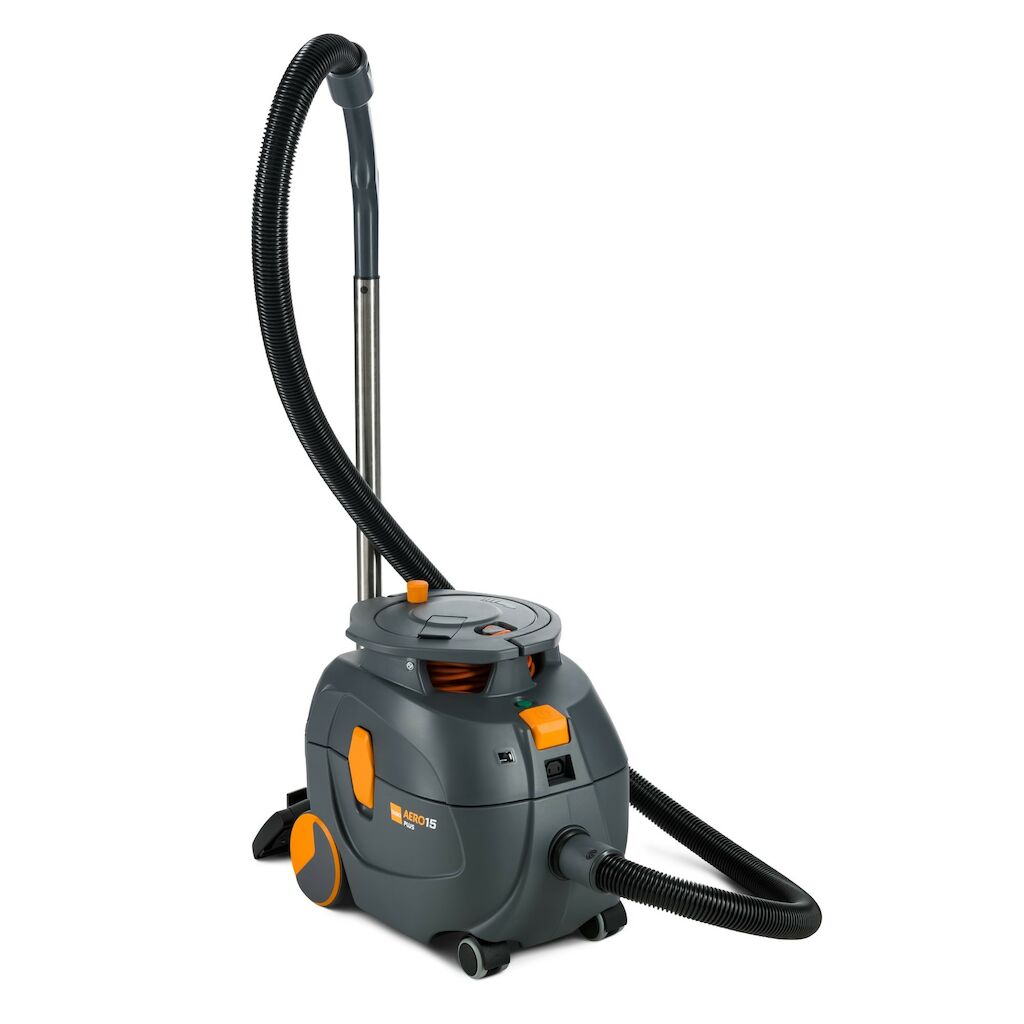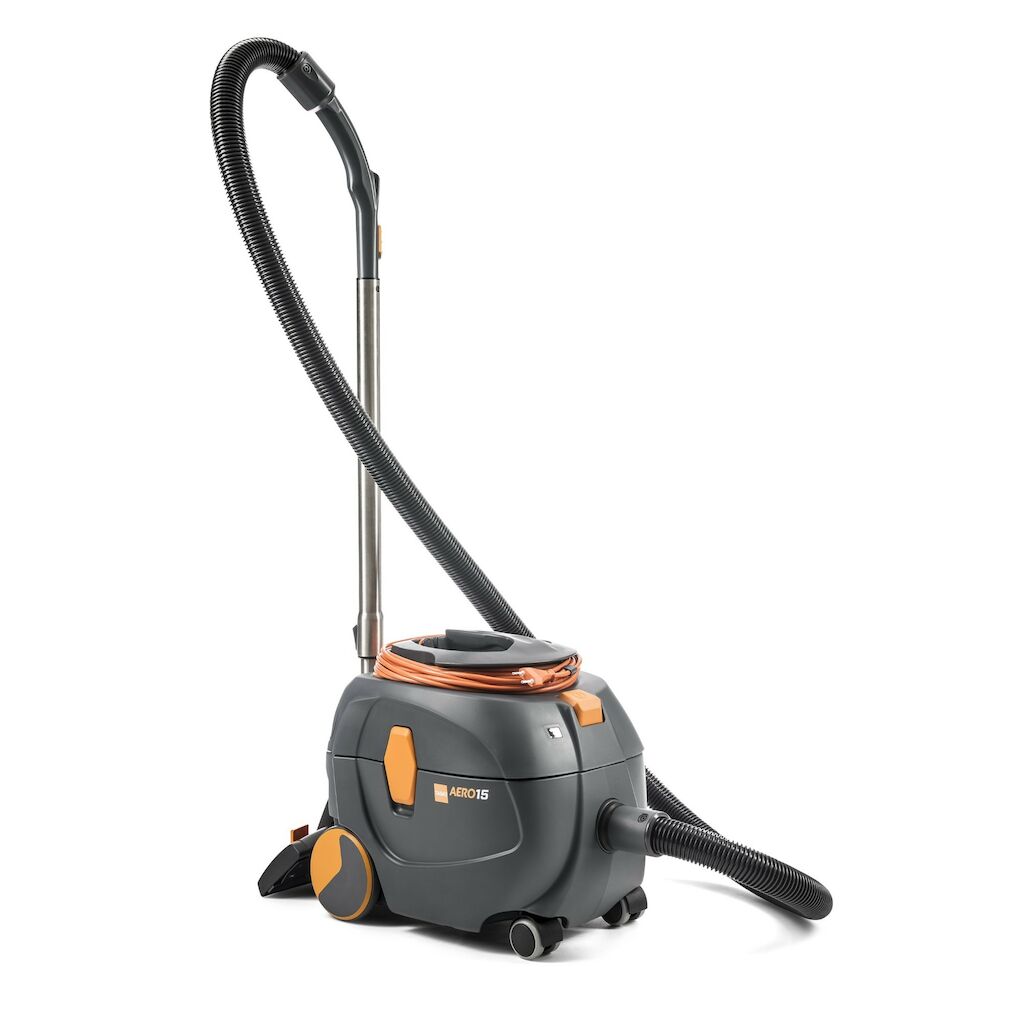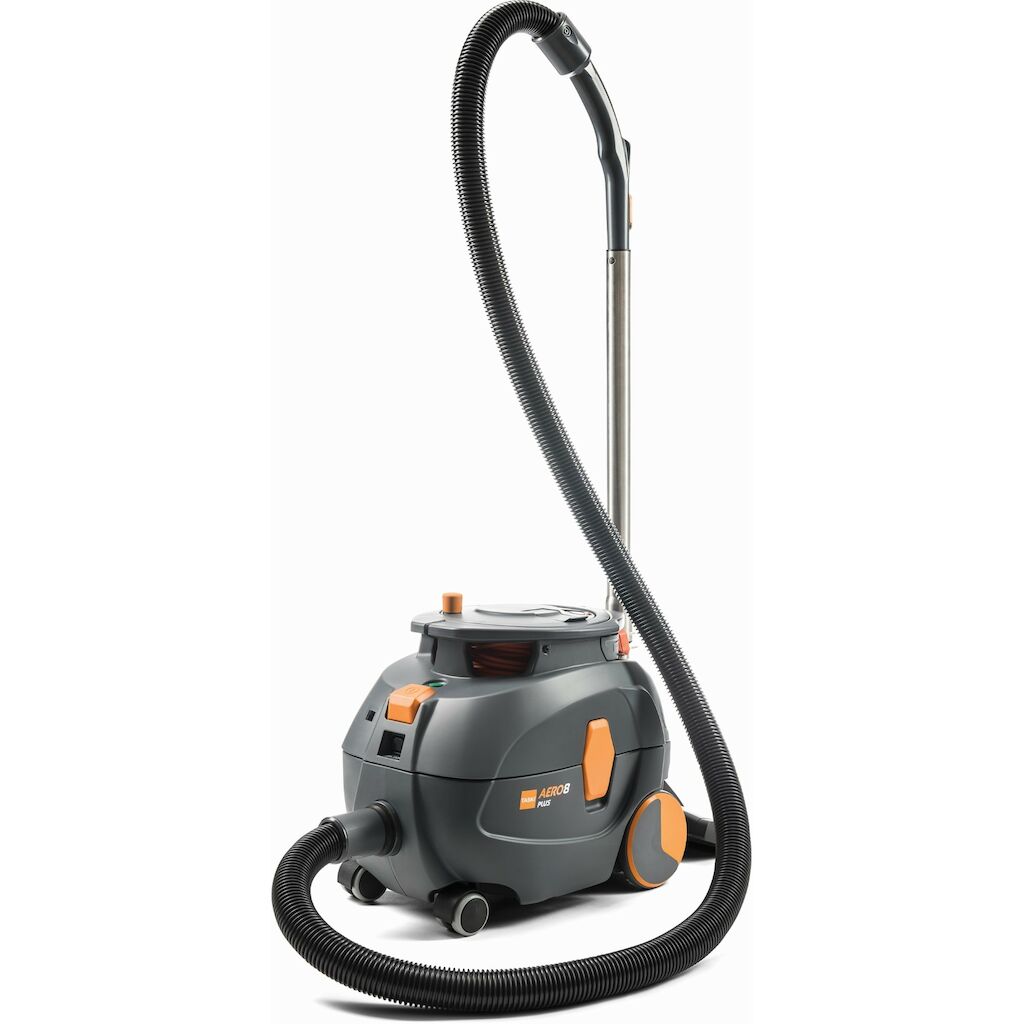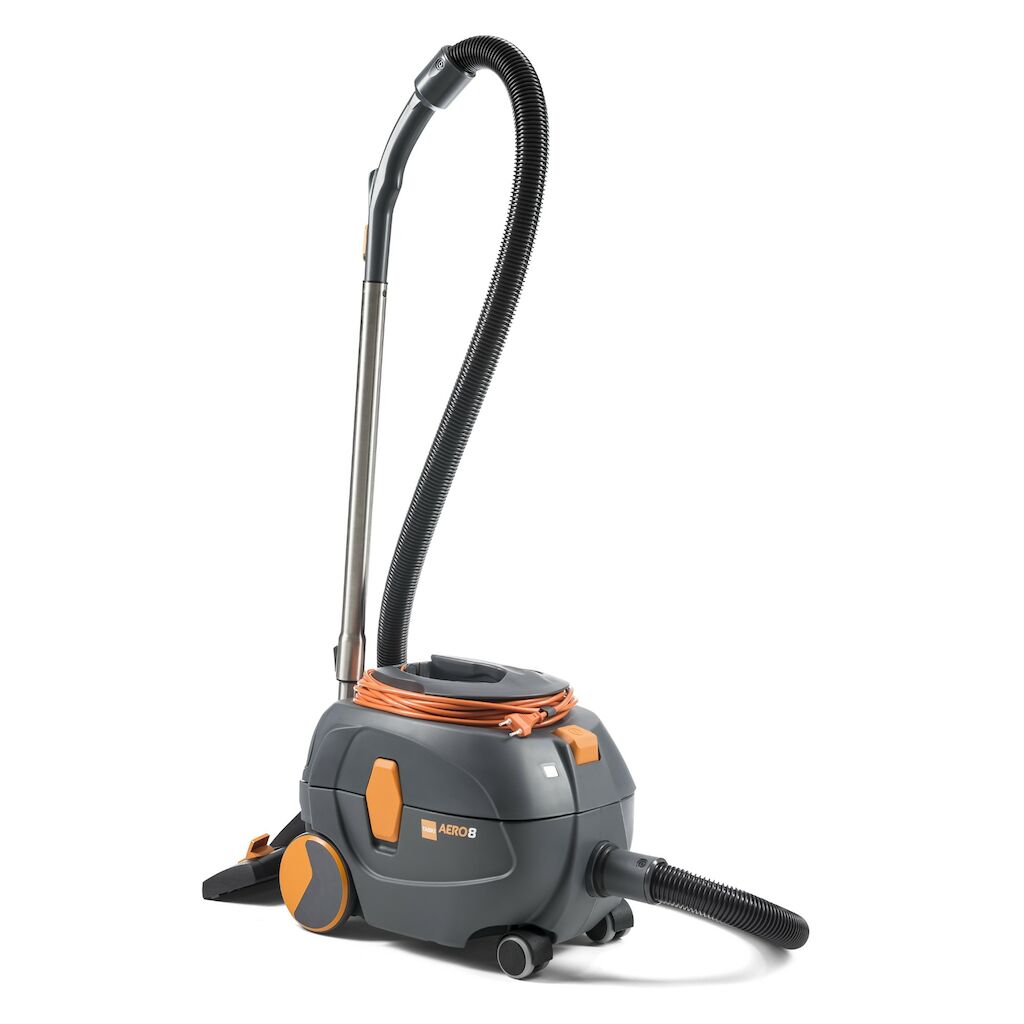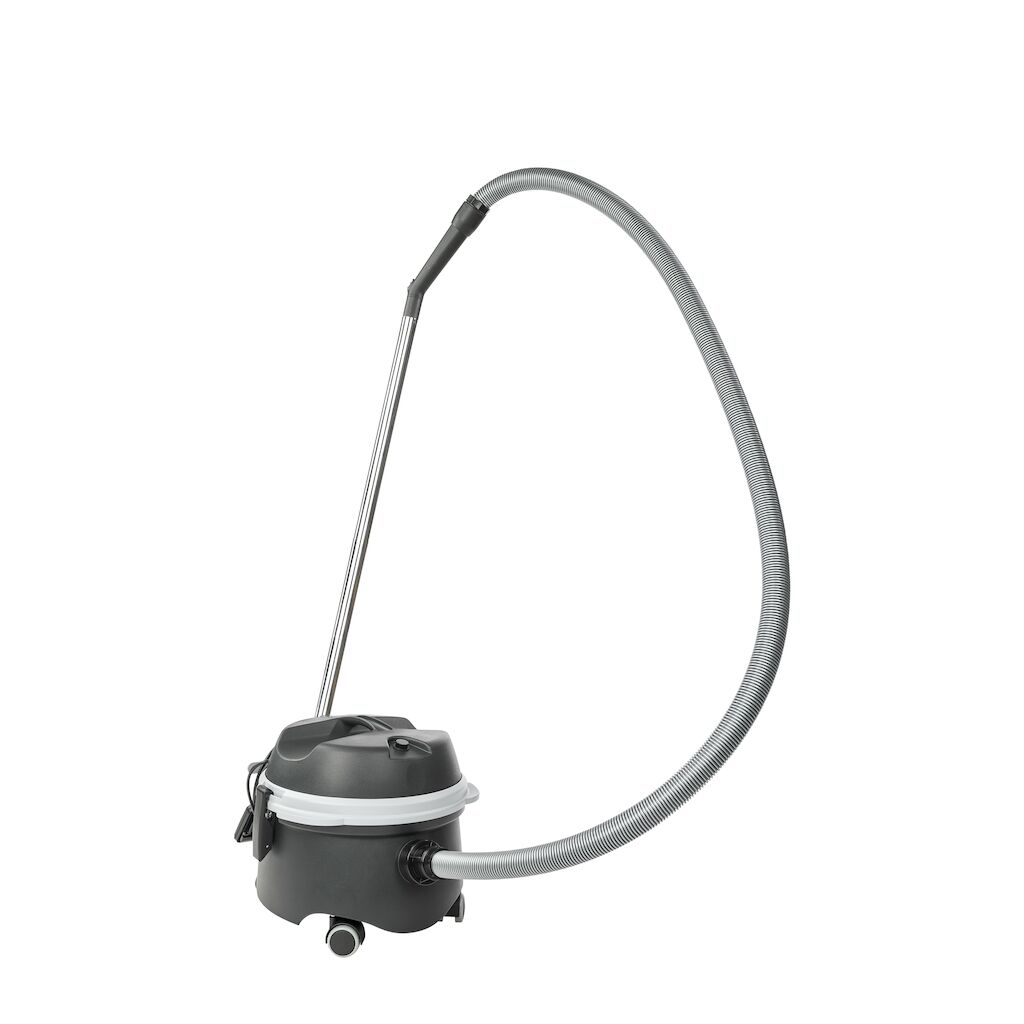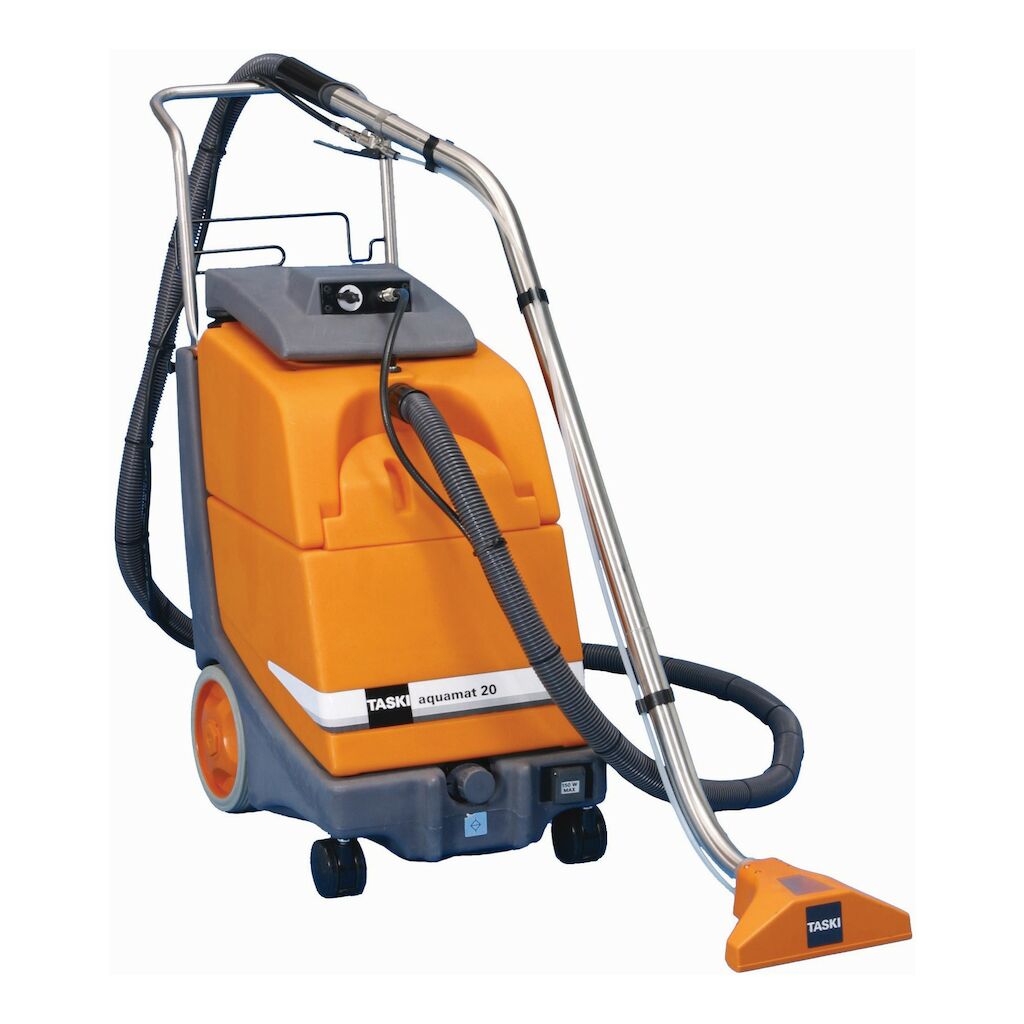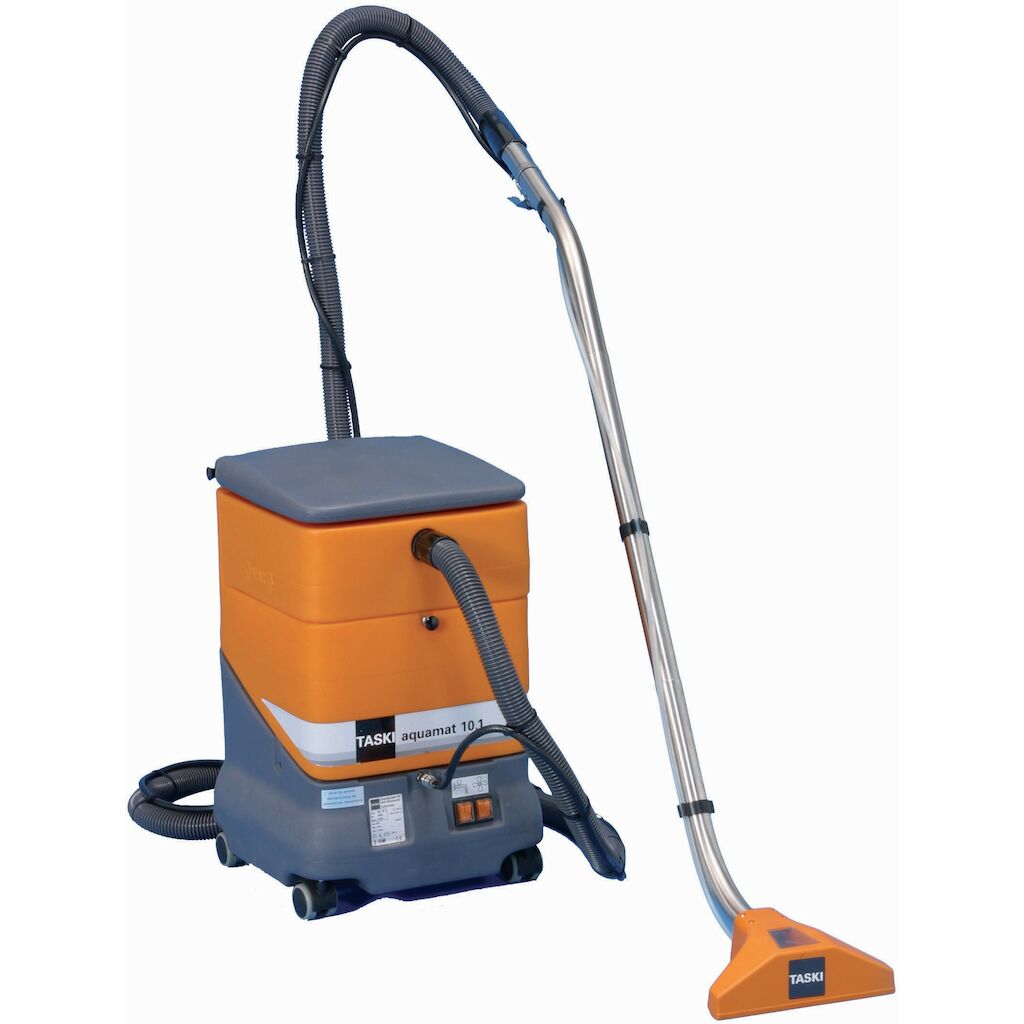
30.01.24
Does your disinfectant also work against cold and flu viruses?
Some viruses are more challenging to inactivate than SARS-CoV-2. That's why full virucidal effectiveness in disinfectants is important. In this article, we explain why these viruses deserve our attention and what virucidal claims mean.
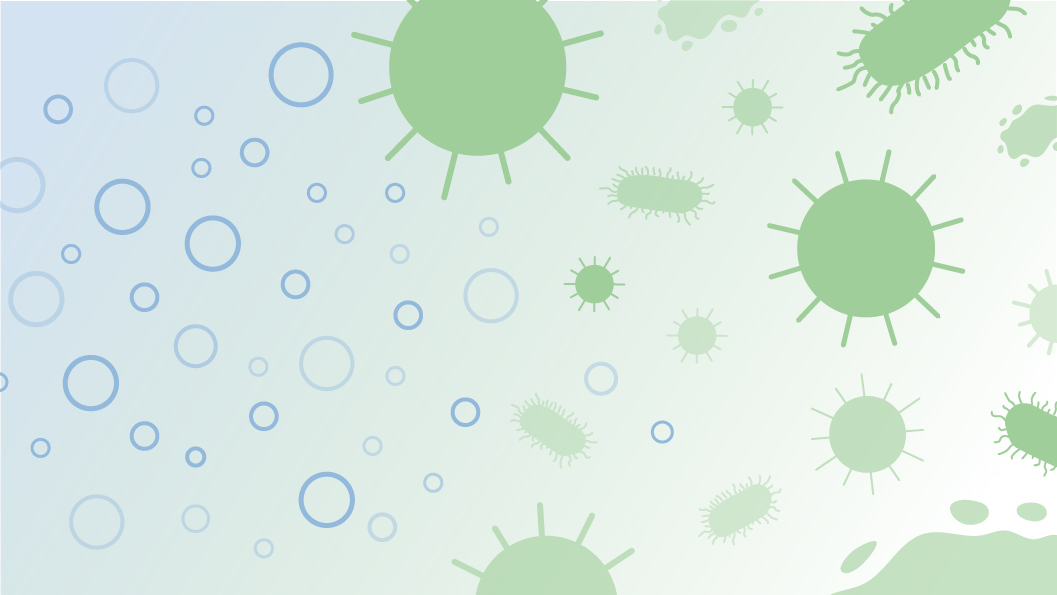
Over the past eighteen months, the world has focused on SARS-CoV-2, the virus causing COVID-19. The use of disinfectants rapidly increased as efforts were made to prevent the transmission of the virus from person to person. In addition to surface cleaning and disinfection, other measures such as wearing face masks, maintaining physical distance, improving ventilation, practicing hand hygiene, and staying home when sick have also gained importance in preventing the transmission of respiratory diseases. However, recently, the media has also reported on the increase of some other viruses that require our attention.
The “common cold” is primarily caused by various respiratory viruses. Rhinovirus, enterovirus, adenovirus, norovirus, respiratory syncytial virus (RSV), influenza, human coronavirus, and human metapneumovirus are the most common viruses. Influenza A (flu) does not cause a typical cold but rather a rapidly onset illness with high fever that can be severe. Influenza B causes milder symptoms and may fall into the category of “cold.”
There is a lot of literature and advertising about the pandemic organism SARS-CoV-2. This virus can present without symptoms, cause mild cold-like symptoms, or lead to severe symptoms requiring hospitalization and death. The strong focus on SARS-CoV-2 prevention through disinfection is concerning because some other respiratory viruses are not easily eliminated and can survive relatively well on surfaces.
Viruses that are not easy to inactivate, such as SARS-CoV-2
The claims on disinfectants such as “15 seconds inactivation time for SARS-CoV-2” or “99.9% of cold and flu viruses” may sound impressive, but it’s important to know whether these disinfectants are also effective against hard-to-inactivate viruses like noroviruses, enteroviruses, coxsackieviruses, and adenoviruses. Some of these viruses, such as certain strains of enterovirus, have been associated with acute flaccid myelitis in children who initially presented with cold-like symptoms. Enteroviruses and coxsackieviruses can also cause hand, foot, and mouth disease in children.
| Types of cold viruses | Est. % of colds | Viable on surfaces | Easy to kill on surfaces? | Contagious period |
| Rhinovirus | 14 – 50 % | up to 7 days | No | 5 -7 days |
| Enterovirus | 38 % | several days | No | 10 days |
| Coxsackie-Virus | up to 2 weeks | No | 3 -8 weeks | |
| Adenovirus | 5 – 15 % | 7 days – 3 months | Maybe | Weeks |
| Respiratory Syncytial Virus | 5 – 10 % | 6 hours | Yes | 3 – 8 days |
| Parainfluenza Virus | 3 % | few hours | Yes | n/a |
| Humane Coronavirus | 3 -15 % | 3 -24 hours | Yes | 5 -7 days |
| Humane Metapneumovirus | 2 % | 2 hours | Yes | 5 -14 days |
| Influenzavirus | 10 – 15 % | 24 -48 hours | Yes | 5 -7 days |
As indicated in the table (compiled from various online sources), there are other cold viruses that are much more difficult to eliminate with disinfectants and cause significant illness in many population groups: schoolchildren and healthcare workers are notably more susceptible to severe illness from these viruses.
How to read the label of a disinfectant
Viruses are typically divided into two groups: enveloped and non-enveloped viruses. Non-enveloped viruses are much more difficult to inactivate than enveloped viruses. Check the label of your disinfectant for the harder-to-eliminate viruses such as poliovirus, adenovirus, and norovirus, as these are the test organisms that need to be evaluated. The presence of these three viruses indicates that the manufacturer has taken the time to thoroughly test their product and that the product is fully virucidal. The fact that at least two of these hard-to-kill viruses (norovirus and adenovirus) are present also allows disinfectant manufacturers to claim limited virucidal efficacy against all enveloped viruses, norovirus, and adenovirus.
Only disinfectants that promise complete virucidal activity are capable of providing comprehensive protection against the full spectrum of pathogenic viruses that may be present in a facility.
In the EN14476 standard of the European Committee for Standardization (CEN), viruses are defined as the most resistant strains, and passing a test against these strains is assumed to also cover the less resistant strains within the same virus category, especially enveloped viruses. When a new virus emerges, the manufacturer can indicate effectiveness based on the more difficult-to-inactivate viruses they have tested against, and the customer can use the product with the recommended contact time for the test organisms listed on the label.
Now is not the time for COVID tunnel vision because there are so many other viruses. End users of disinfectants can be “caught cold” by misleading advertising that relies on claims of SARS-CoV-2 inactivation, which is easily eliminated with disinfectants.
Regarding other seasonal viruses (Human Rhinoviruses, RSV, Metapneumoviruses), numerous data show that their prevalence has decreased with the implementation of physical measures to combat COVID. However, it appears that the extent of the decrease in the number of infections with these viruses varied depending on the type of virus, and some of them have “resurfaced” with the lifting of certain measures. For example, while RSV infections have partially declined in some countries, this is not the case with rhinovirus infections.
Check the label of your disinfectant to ensure it is fully virucidal, meaning it also inactivates stronger viruses that can retain their infectivity on surfaces.
References
- Hirotsu Y et al. Analyse von Covid-19- und Nicht-Covid-19-Viren, einschließlich Influenzaviren, zur Bestimmung des Einflusses intensiver Präventionsmaßnahmen in Japan. J Clin Virol. 2020 Aug;129:104543. doi: 10.1016/j.jcv.2020.104543.
- Mansuy JM et al. COVID-19 pandemic period, where are the seasonal viruses? J Med
- Tang JW et al. Where have all the viruses gone? Das Verschwinden von saisonalen Atemwegsviren während der COVID-19-Pandemie. J Med Virol. 2021 Mar 24. doi: 10.1002/jmv.26964.

